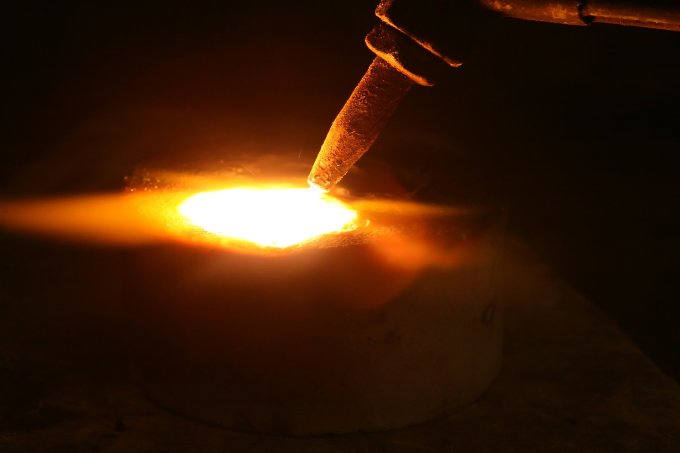- 19 January 2026
Hardening of aluminum is a process that plays a key role in the metal industry. It makes it possible to increase the hardness and strength of aluminum, which is extremely important in the production of structural components, where the material must withstand heavy loads and extreme working conditions. In this article, we will look in detail at the aluminum hardening process, the appropriate temperatures and various aspects of this important process.
Aluminum is a low-density metal with excellent corrosion resistance, which makes it an attractive construction material. However, its natural hardness is low compared to other metals such as steel or titanium. In applications where mechanical strength and wear resistance are required, aluminum needs to be strengthened. This is where aluminum hardening comes in.
The first step is to thoroughly prepare the aluminum. The raw material must be carefully cleaned of all impurities and then transformed into the desired shape and size.
Next, the aluminum is heated to a certain temperature. The choice of temperature is crucial because it affects the crystal structure of the material after quenching. Different temperatures are used for different aluminum alloys and intended mechanical properties.
Once the desired temperature is reached, the aluminum is rapidly cooled in a controlled manner. There are various cooling methods, such as air, water or oil cooling. The choice of method depends on the specific requirements of the quenching process and the type of aluminum.
After quenching, aluminum can become too brittle, which is undesirable in some applications. Therefore, it is often subjected to a tempering process. It involves heating the material to a lower temperature to soften its hardness while retaining the strength properties gained.

The optimal quenching temperature for aluminum depends on the type of alloy and the intended mechanical properties. For alloyed aluminum, the quenching temperature can range from 150°C to 540°C, with a lower maximum hardness temperature. For pure aluminum, the quenching temperature can be around 650°C. The hardness value you want to achieve also affects the choice of temperature.
Hardening aluminum is a key process for increasing its hardness and strength. Choosing the right quenching temperature is important because it affects the final properties of the material. In Poland, hardened aluminum has found applications in aerospace, automotive and many other fields, contributing to the production of high-quality products and developing the domestic industry. Understanding the hardening process of aluminum is key to realizing its full potential as a versatile structural material.